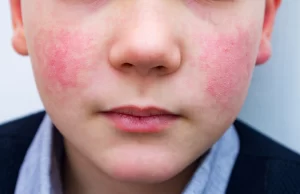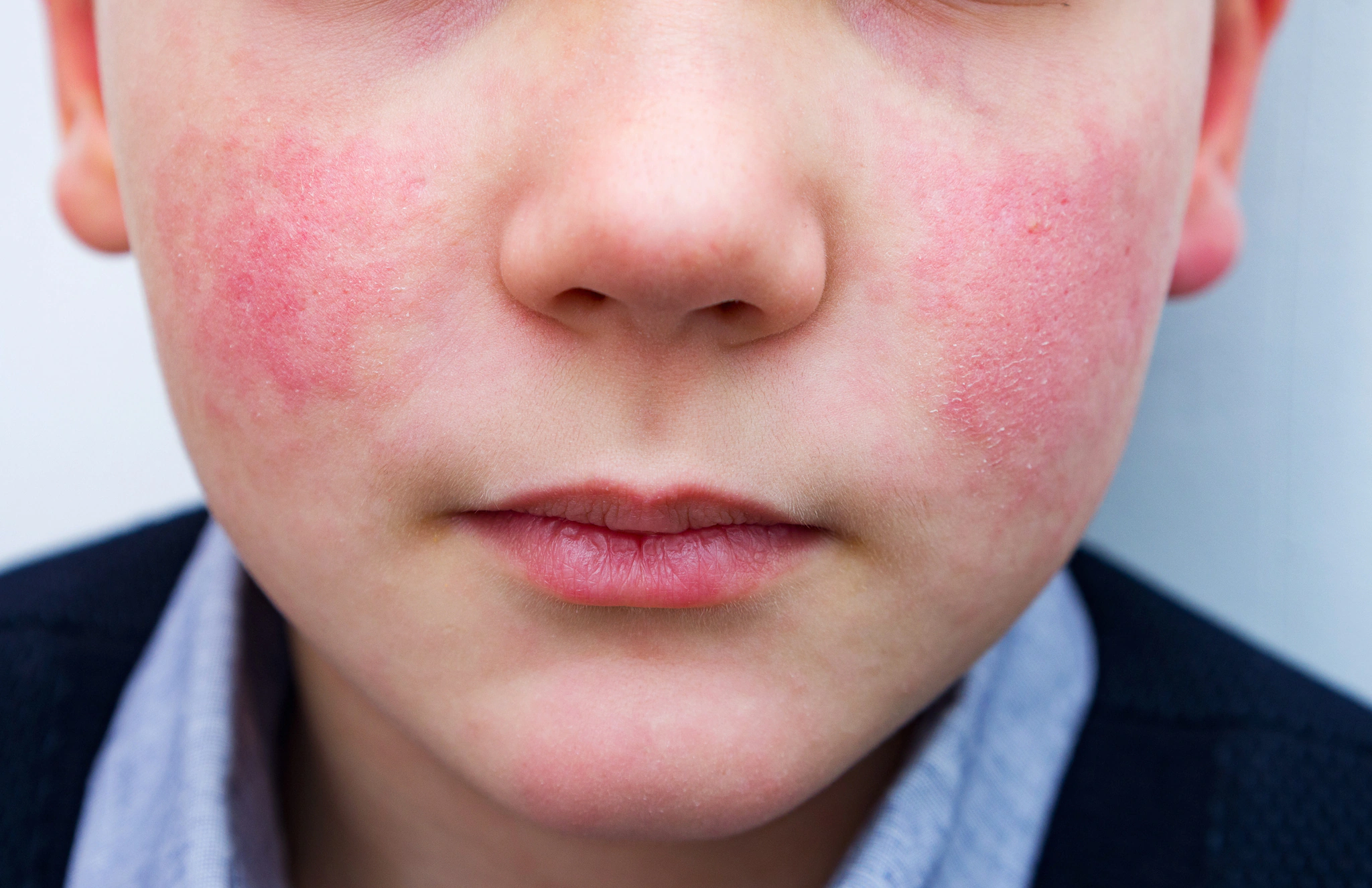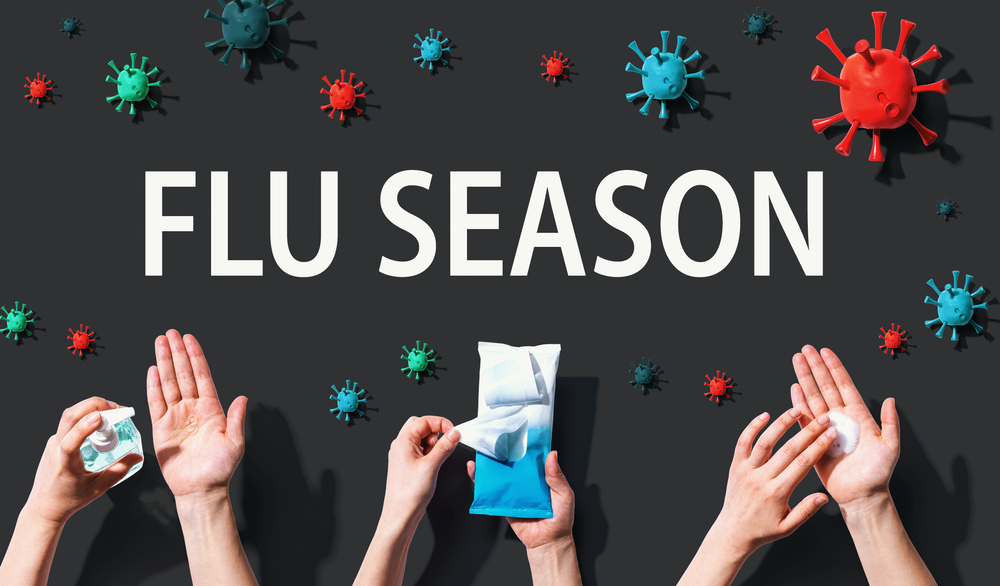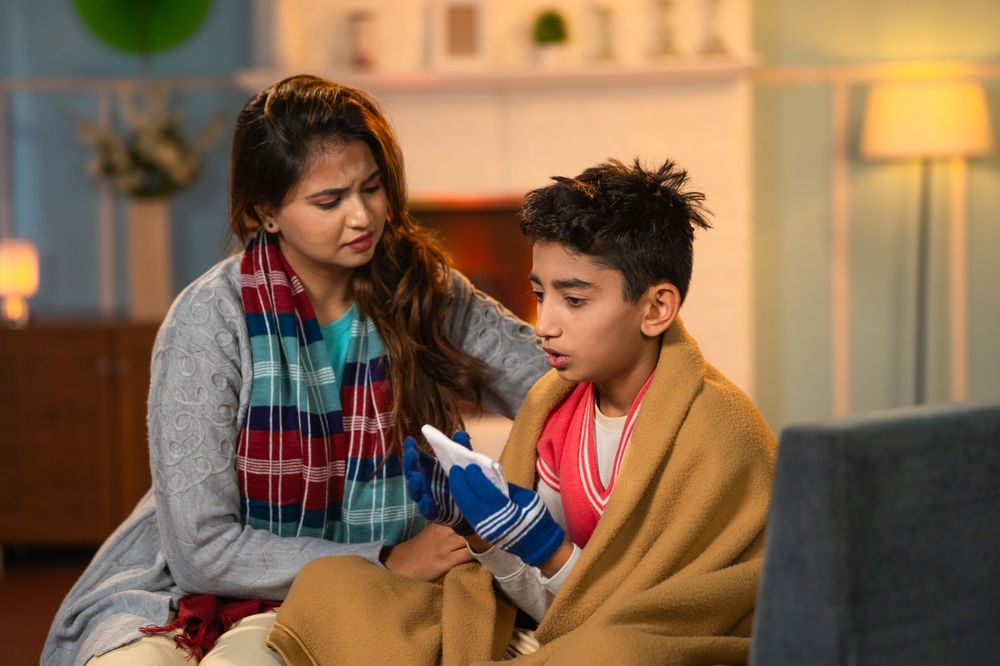By Leslie Gallon, NP
Parvovirus B19 Awareness: Signs, Symptoms, and Supportive Care
School is back in session and with that comes new friends, new experiences, and unfortunately exposure to new germs. If you’ve been watching the new recently you know there has been a lot of buzz about a virus called Parvovirus B19.. Keeping our families up to date is important to us at Potomac Pediatrics, so here’s what we think you should know.
In August 2024, the Center for Disease Control and Prevention (CDC) issued a health advisory regarding the recent uptick in the spread of Parvovirus B19 in the United States. According to the CDC, recent data has shown an increase among all ages from less than 3% during 2022–2024 to 10% in June 2024 with the greatest increase among children ages 5–9 years, . Below you will find the ins and outs of Parvovirus B19.
What is Parovovirus B19?
Parvovirus B19 is the cause of fifth’s disease or erythema infectiosum. It is a common childhood illness that is viral in nature and tends to be relatively mild for healthy individuals. Individuals who are immunocompromised or pregnant may be at greater risk of experiencing complications from the virus. It is transmitted through respiratory droplets such as coughing and sneezing. Parvovirus B19 is most commonly seen in school age children (ages 5-9) and individuals who work closely with children like teachers and daycare workers. Outbreaks typically occur in the winter and spring months, however, any individual may contract the virus at any time of the year.
Signs and symptoms:
Some individuals may not exhibit symptoms at all, while others may experience the following symptoms:
- Fever
- Headache
- Sore throat
- GI symptoms (vomiting, diarrhea)
- Joint pain/muscle aches
- Rashes – Bright red, slapped cheek appearance that may develop two – five days after initial symptoms begin. Followed by a lacy rash to the trunk and extremities that typically resolves after seven to ten days. Once the rash appears, the individual is no longer considered to be contagious.

Photo Credit: CDC.gov
Diagnosis and treatment:
Generally, Parvovirus B19 is diagnosed based on clinical presentation. In most cases, the illness is mild and resolves on its own. It’s important to note that no specific antivirals or vaccines are used in the treatment of Parvovirus B19. Supportive care such as the use of antipyretics (Tylenol or Ibuprofen) for pain or fever, offering plenty fluids and rest are usually all that is needed.
Preventing the spread:
Now that we’ve covered the basics, how can you do your part to prevent the spread:
- Practice good hand hygiene
- Avoid close contact with those who may be sick
- Ensure that your child covers their mouths when sneezing or coughing
- Sanitize frequently touched surfaces like handrails, desks, countertops, and doorknobs regularly
- Allow your child to stay home from school if he or she is sick
We understand that having a sick child can be stressful but we’re here to help. Please call or send a message via the patient portal If you have additional questions or concerns. Potomac Pediatrics and POPNow are available for same day sick visits should concerns remain!
Take home messages:
- Parvovirus is a common virus and generally very mild for healthy children
- Pregnant women and people who are immunocompromised are at higher risk and should take extra precaution to prevent infection
- If you are worried or have questions, come and see us!







